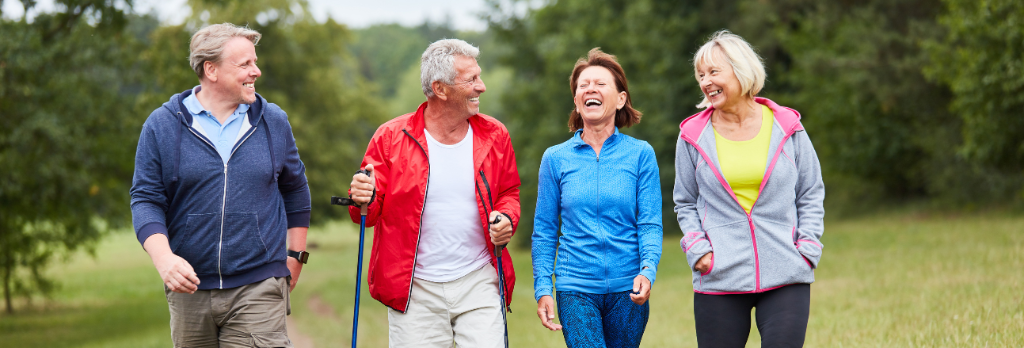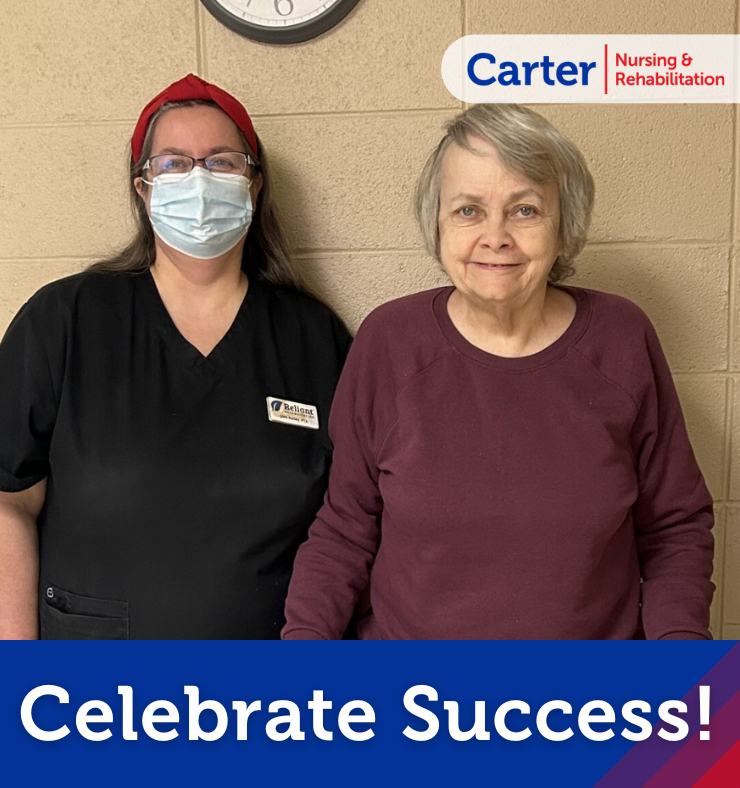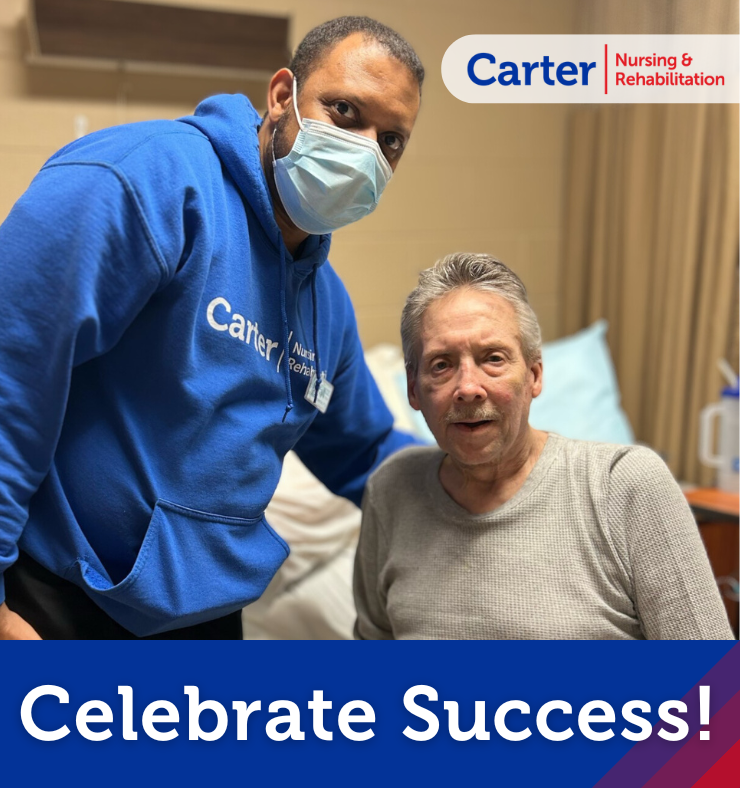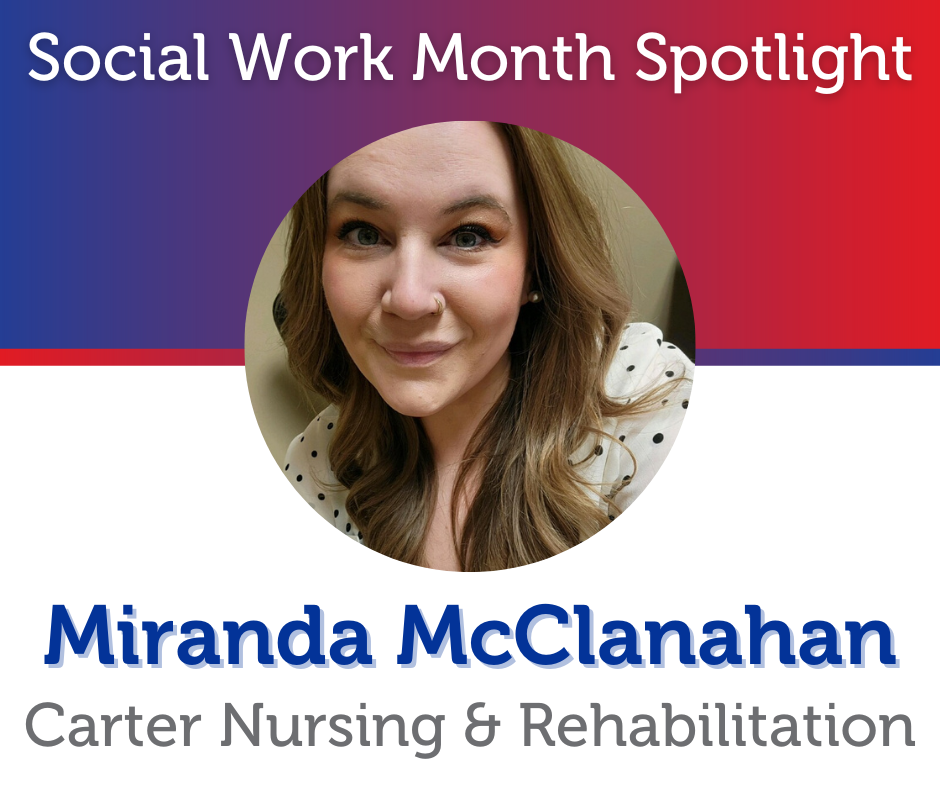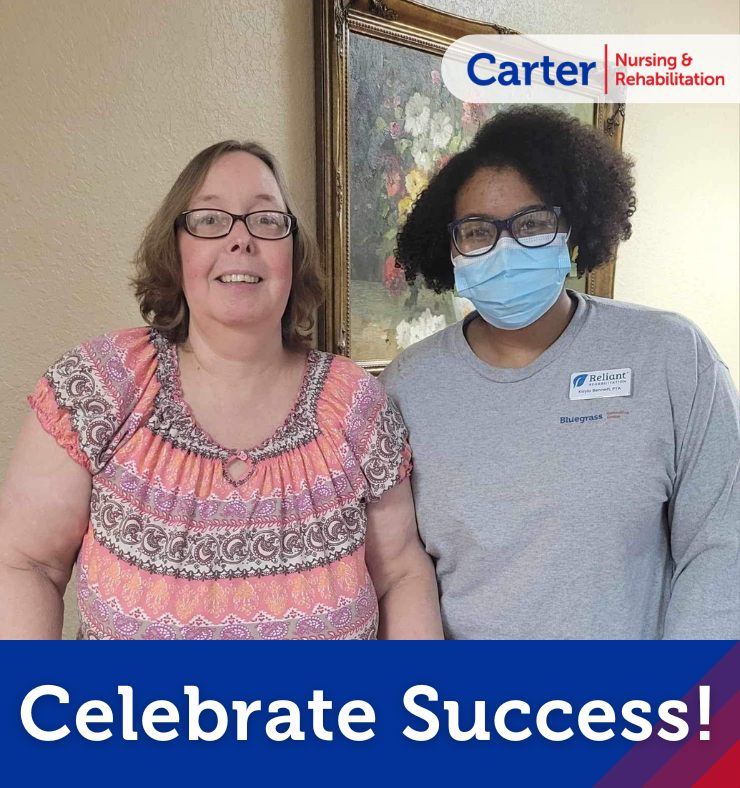Participating in Activities You Enjoy As You Age
April 15, 2024There are many things you can do to help boost your health as you age, including making healthy food choices and not smoking. But did you know that participating in social and other activities you enjoy can also help support healthy aging?
As you grow older, you may find yourself spending more time at home alone. Being lonely or socially isolated is not good for your overall health. For example, it can increase feelings of depression or anxiety, which can have a negative impact on many other aspects of your health. If you find yourself spending a lot of time alone, try participating in activities you find meaningful — those that create a sense of purpose in your daily life. These can include hobbies, volunteer activities, or time with family and friends.
BENEFITS OF AN ACTIVE LIFESTYLE
Engaging in social and productive activities you enjoy, such as taking an art class, joining a hiking club, or becoming a volunteer in your community, may help to maintain your well-being and independence as you age. An active lifestyle is more than just getting your daily steps in. It includes doing activities that are meaningful to you and benefit your mind, spirit, and body.
Research has shown that older adults with an active lifestyle:
- Are less likely to develop certain diseases. Participating in hobbies and other social activities may lower risk for developing some health problems, including dementia, heart disease, stroke, and some types of cancer.
- Have a longer lifespan. Studies looking at people’s outlooks and how long they live show that happiness, life satisfaction, and a sense of purpose are all linked to living longer. Doing things that you enjoy may help cultivate those positive feelings.
- Are happier and less depressed. Studies suggest that older adults who participate in activities they find meaningful, such as volunteering in their communities or being physically active, say they feel happier and healthier.
- Are better prepared to cope. When people feel happier and healthier, they are more likely to be resilient, which is our ability to bounce back and recover from difficult situations. Positive emotions, optimism, physical and mental health, and a sense of purpose are all associated with resilience.
- May be able to improve their thinking abilities. Research suggests that participating in certain activities, such as those that are mentally stimulating or involve physical activity, may have a positive effect on memory — and the more variety the better. Other studies are providing new information about ways that creative activities, such as music or dance, can help older adults with memory problems or dementia.
FIND THE RIGHT BALANCE
Everyone has different limits to the amount of time they can spend on social or other activities. What is perfect for one person may be too much for another. You might start by adding one or two activities to your routine and see how you feel. You can always add more. Remember: Participating in activities you enjoy should be fun, not stressful.
ACTIVITIES TO CONSIDER
Read and share this infographic and spread the word about ways that may help foster healthy aging.
There are plenty of places to look for opportunities to engage in activities you enjoy, depending on your interests and ability. Following are ideas that might work for you. Some of these include activities that can be enjoyed even from a distance using phones, computers, and other devices. Others can be done alone. So even if you’re in a rural area or have other restrictions, you can still find ways to engage in activities you like.
CONNECT WITH FAMILY AND FRIENDS
- Play cards or other games with friends in person or online.
- Travel with a group of older adults, such as a retiree group.
- Video chat or call your friends and family members.
- Try different restaurants with your loved ones.
- Listen and share favorite music with your family.
- Join a group interested in a hobby, such as knitting, hiking, birdwatching, painting, or wood carving.
- Reconnect with old friends through your high school or college alumni association.
LEARN SOMETHING NEW
- Take a cooking, art, dance, language, or computer class. Get in touch with your local community college or library. Many offer free or discounted courses for older adults. You may even be able to find classes online.
- Form or join a book or film club
- Try yoga, tai chi, or another new physical activity
- Learn (or relearn) how to play a musical instrument
- Visit local museums. Many offer free group tours and educational programs.
BECOME MORE ACTIVE IN YOUR COMMUNITY
- Visit a community or senior center and take part in its events and activities
- Serve meals or organize clothing donations for people in need
- Run errands for people with limited mobility or access to transportation
- Join a committee or help out with an activity at your place of worship
- Volunteer at a school, library, museum, hospital, or animal shelter
- Help with gardening at a community garden or park
- Organize a park clean-up through your local recreation center or community association
- Sing in a community choral group, or play in a local band or orchestra
- Take part in a local theater troupe
- Get a local part-time job or explore opportunities online
- Teach a favorite pastime or skill, such as embroidery, photography, building models, chess, baking, woodworking, calligraphy, or quilting, to a new generation
GO OUT AND GET MOVING
- Garden (indoors or out) or do yard work
- Take an exercise class or do exercises at home
- Go dancing
- Join a sports club for older adults, like a bowling club or bocce league
- Walk or bicycle with a friend or neighbor
- Take a swimming class
- Play with your grandchildren. Teach them a game or dance you remember from childhood
- Take a stroll around the neighborhood or on nature trails
ADOPT HEALTHY STRESS-RELIEVING HABITS
- Read a good book, magazine, or newspaper
- Practice gratitude and mindfulness
- Do tai-chi or yoga
- Cook your favorite healthy meal
- Enjoy the little things, such as a cup of coffee or sunrise
To learn more, please visit https://www.nia.nih.gov/health/healthy-aging/participating-activities-you-enjoy-you-age.

